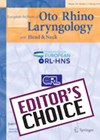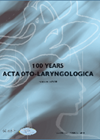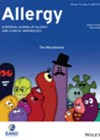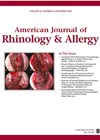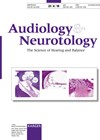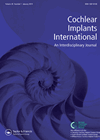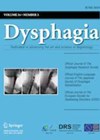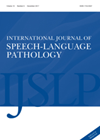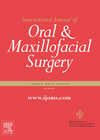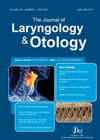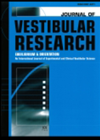
Journal Reviews archive for July 2019
Outcomes for transoral vestibule approach thyroid surgery
Ed’s choice explores a systematic review examining one of the recent innovations in head and neck surgery. It may come as a surprise to some that within a few years of the first published cases of transoral vestibule thyroidectomy, an...
Should we do septoplasty in young adults/adolescents?
Nasal obstruction is a common complaint in both children and adults in the outpatient department. Causes for obstruction include allergic rhinitis, septal deviation, turbinate hypertrophy and chronic sinusitis with or without nasal polyps. For symptomatic patients with moderate to severe...
CRSwNP, another monoclonal antibody
Interleukins 4, 5 and 13 were shown to be important factors in type 2 inflammation, which characterises chronic rhinosinusitis with nasal polyposis (CRSwNP). In CRSwNP non-responders and those who recur short after-surgery monoclonal antibodies might be an answer. Examples include...
An eye-opening resection technique
It is widely accepted that the gold standard treatment of inverted papilloma of the maxillary sinus (IPMS) is endoscopic excision via medical maxillectomy or mega antrostomy, and these approaches can be augmented by a Caldwell-Luc or canine fossa trephination if...
Round window niche drilling with intratympanic for ISSHL. A new option for salvage?
This paper from China compares the technique of widening the round window via a posterior tympanotomy approach and steroid-soaked gelatin sponge with intratympanic steroids alone for salvage therapy in severe idiopathic sensorineural hearing loss. Salvage therapy was defined as patients...
Recurrent seroma in cochlear implanted patients
Little is known about why some patients experience recurrent seromas over the implant package and in the absence of any cause, antibiotics are frequently prescribed as a precaution to protect the implant from infection. A tertiary referral centre selected five...
Standardising videofluoroscopy assessment for bottle-fed babies
Swallowing problems in babies may occur for many reasons including complex medical problems, premature birth, and low birth-weight. Dysphagia causes several further morbidities such as poor nutrition and compromised respiration, often raising distress for both infants and their caregivers. Early...
Peer-support group for people with a hearing loss
Peer-support groups’ (PSGs) involvement in rehabilitation of people with different health issues can have a very positive impact on the patients’ wellbeing as showed in a various literature on the subject. This study involves analysis of data from previous studies...
The power of (younger versus older) lips
The Directional into Velocity of Articulators (DIVA) model theorises that we require both auditory and sensory feedback - from our articulators - in order to ensure we are able to produce precise and powerful articulatory movements. This study aimed to...
Soft tissue changes following maxillary osteotomy: comparison of three computer programmes
This small group of seven patients had a Le Fort I advancement maxillary osteotomy with vertical repositioning and alar base cinch sutures. They were assessed with cone beam CT’s three months preoperatively and one-year postoperatively. A clinical comparison between the...
Nasal disease and quality of life in athletes
Rhinitis is a nasal condition which is generally underappreciated in primary care and even less in athletes. In this study, the authors specify nasal symptoms constituting rhinitis as nasal blockage, sneezing bouts, rhinorrhoea and itching and compare their prevalence in...
Clinical features of BPPV in Meniere’s disease
It is an observation that BPPV appears to be commonly associated with Meniere’s disease (MD). This five-year study compared features and treatment outcomes between patients presenting with MD in conjunction with unilateral BPPV and a group of BPPV patients without...

